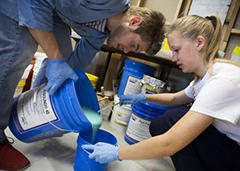Topics
- active learning (18)
- research assignments (6)
- libraries (1)
- literature-based learning (2)
- multimedia (5)
- museums (6)
- object learning (7)
- online learning (5)
- peer instruction (10)
- storytelling (2)
- learning management system (2)
- syllabus design (3)
- teaching empathy (3)
- teaching fellows (1)
- lecture (3)
- learning goals (8)
- assessment (6)
- data (3)
- backward design (3)
- blended approaches (12)
- case-based learning (8)
- classroom contracts (7)
- classrooms and space (3)
- collaborative learning (27)
- community events (1)
- course transformation (7)
- devices (3)
- learning by making (5)
- discussion (24)
- engaged scholarship (4)
- experiential learning (16)
- feedback (18)
- group work (8)
- guest speakers (7)
- interdisciplinary (6)
- leadership (3)
Send feedback
Subscribe
Copyright © 2024 The President and Fellows of Harvard College | Privacy | Accessibility | Digital Accessibility | Report Copyright Infringement

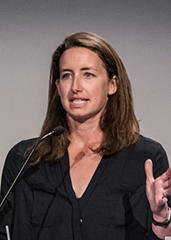 In her
In her  Out of appreciation for Professor Shultz’s commitment to flexibility in artistic expression, this issue of Into Practice employs a slightly modified format.
Out of appreciation for Professor Shultz’s commitment to flexibility in artistic expression, this issue of Into Practice employs a slightly modified format.
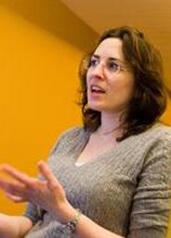
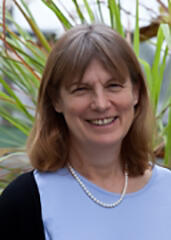 Elena Kramer, Bussey Professor of Organismic and Evolutionary Biology,
Elena Kramer, Bussey Professor of Organismic and Evolutionary Biology, 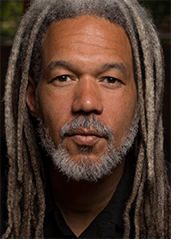 Vincent Brown, Charles Warren Professor of American History and Professor of African and African American Studies, trains students to interpret history through various media including graphics, data visualizations, videos, and art installations.
Vincent Brown, Charles Warren Professor of American History and Professor of African and African American Studies, trains students to interpret history through various media including graphics, data visualizations, videos, and art installations.
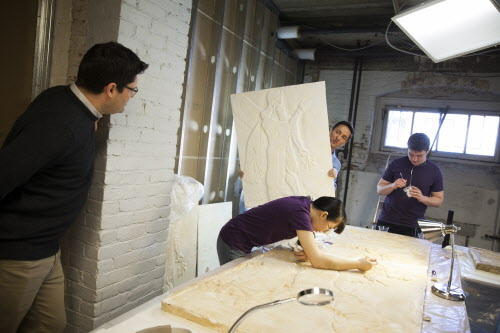 Gojko Barjamovic, Lecturer on Assyriology, increases student learning in
Gojko Barjamovic, Lecturer on Assyriology, increases student learning in 